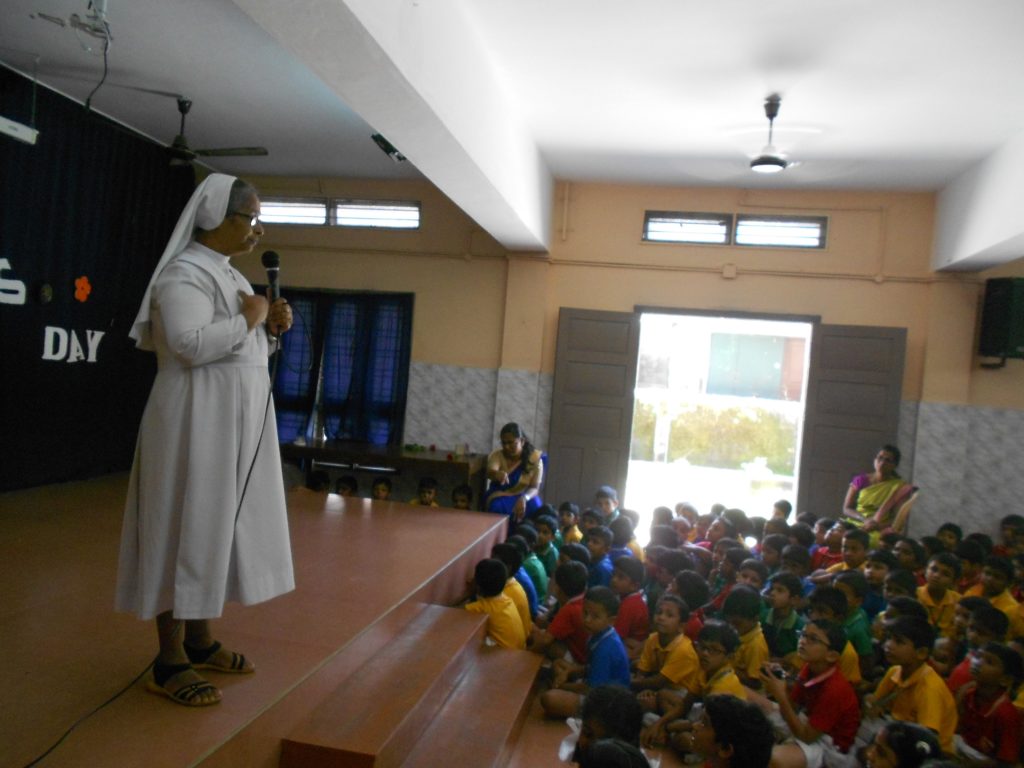YOGA CLASSES

Yoga is a group of physical, mental, and spiritual practices or disciplines which originated in ancient India.
Yoga is a group of physical, mental, and spiritual practices or disciplines which originated in ancient India.
Introduction
The origins of yoga have been speculated to date back to pre-Vedic Indian traditions, it is mentioned in the Rigveda,[note 1] but most likely developed around the sixth and fifth centuries BCE, in ancient India’s ascetic and śramaṇa movements. The chronology of earliest texts describing yoga-practices is unclear, varyingly credited to Hindu Upanishads and Buddhist Pāli Canon, probably of third century BCE or later. The Yoga Sutras of Patanjali date from the first half of the 1st millennium CE, but only gained prominence in the West in the 20th century. Hatha yoga texts emerged around the 11th century with origins in tantra.
Children deal with many distractions, temptations, over stimulation and peer pressure. Schools are challenged to do more with less and be creative in how they reach even the most isolated child.
Yoga is a low-cost, helpful tool that can have a positive impact on children.
[Name Yoga], Teacher
Here are some of the many benefits of teaching yoga to students:
Yoga helps students to:
Develop body awareness
Learn how to use their bodies in a healthy way
Manage stress through breathing, awareness, meditation and healthy movement
Build concentration
Increase their confidence and positive self-image
Feel part of a healthy, non-competitive group
Have an alternative to tuning out through constant attachment to electronic devices
In a school setting, yoga can also benefit teachers by:
Giving them an alternate way to handle challenges in the classroom
Giving them a healthy activity to integrate with lesson plans
Give them a way to blend exercise into their classes
Here’s what the students can expect to learn in yoga class:
Awareness of the breath
Breathing exercises can energize students or encourage relaxation, depending on what you teach. Different games and techniques help students connect to how their bodies feel as a result of deep breathing. Focus increases, as does their breathing and lung capacity. Stress is naturally reduced and healthy hormones are released.
Strengthening and energizing
Students think that yoga is great for stretching, but doesn’t build strength. It’s important for a teacher to include conversations, as well as exercises around how helpful yoga is for building strength. Talking about the different muscles used in poses and incorporating games and sequences will help build strength as well as body awareness and coordination. Bodies that are strong digest food better, maintain a healthy weight and can support the stress of carrying heavy loads, like a backpack. Bodies will also breathe better, work more efficiently and protect the more fragile joints.
Balancing
Balancing poses teach children that with increased focus, you can increase attention naturally, even in students who struggle with different attention challenges. Poses and games focused on balancing skills, develop an intrinsic strength, evoke a meditative feeling, and promote stillness and quieting of the mind. This can help students deal with the stress of living in a chaotic world where constant stimulation is a regular part of life.
Stretching and lengthening
It’s great for students to be strong, but a body that’s only based on strength has no way to yield under pressure. Strong muscles without accompanying flexibility can’t move quickly, pulling on bones and joints. Yoga poses stretch muscles and through integrating breathing and movement, muscles become warm and become more flexible. They can yield when they need to, and support tender joints in a more functional way.
Awareness and focus
Yoga helps create awareness in the body through deep breathing and movement. It gives students a way to express themselves, build a strong connection between what they hear and what they do. Children that have healthy body awareness are more confident and strong, have better posture, breathe better and have a sense of quiet strength.
Flowing, connecting and integrating
When we string poses together, we give students a taste of what it means to move with ease. It also helps them build the awareness that all our movements are a series of coordinated efforts between muscles, bones, joints and nerves.
Meditation and relaxation
Yoga is meditative by nature. So whether a child is holding a balancing posture, sitting in meditation or moving through a series of poses, there’s going to be a calming, soothing quality. Giving younger students something to do as they rest on their mats will help with their attention, such as suggesting they think of a favorite color or toy. Older students will find it easier to rest longer with less structure
